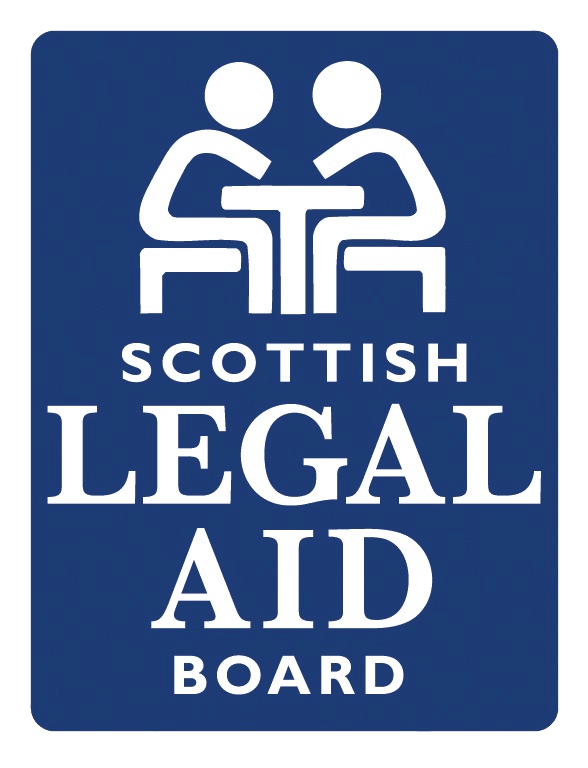Mr John Brown was convicted for assault after attacking his friend with a bat and a knife. Brown left his friend after the attack with multiple puncture wounds and a 8cm laceration to his head.
The appellant lodged an appeal against his conviction on the basis that the trial judge erroneously directed the jury on how they could use a previous statement made by the complainer.
At the initial trial, the court heard evidence from a crown witness who saw the complainer go into the appellants flat at around 11pm. The complainer was under the influence of alcohol. The crown witness then detailed how they heard shouting coming from inside the flat that continued for approximately 10 minutes. Following the argument, the witness stated that they seen the appellant running out his flat, after the complainer, holding a silver bat.
Further evidence was led that revealed when the police went to the locus of the incident, the appellants flat, they recovered blood stained items and a yellow knife which appeared to have been recently washed and placed back in the open drawer.
Where this case is unique, is the fact that the complainer gave evidence to support the appellant and not the crown. The complainer stated that the appellant was not the man who assaulted him. The crown challenged this position during cross examination when they put the complainers prior statement to him. In this prior statement, the complainer told the police that the appellant was the man who assaulted him.
The jury request to see the complainers statement from the basis of the appeal. The appellant submitted that this request implied that the jury may have considered that the parts of the statement referred to could be used as evidence of truth. This was despite the fact the complainer had not accepted the statement to be true.
Lord Matthews said of the trial judge’s directions: “In his charge to the jury, the trial judge reminded them of the need to comply with the initial directions. At a later point in his charge he reminded the jury that there were various purposes for which a witness might be referred to a prior statement. One of those was to enable the witness to adopt as part of their evidence something they said shortly after the incident.”
He continued: “Counsel conceded that the fact that the complainer had not adopted his statement was obvious. He also conceded that had the jury followed the introductory direction they could not have proceeded upon the basis that the prior statement was evidence as to fact. Those concessions could hardly have been withheld and are clearly correct. The complainer plainly did not adopt his statement and the jury could not have thought otherwise.”
On the effect of the complainer’s non-adoption of his earlier statement, Lord Matthews said: “They were bound to follow the direction which they had been given and are presumed to have done. It was not necessary for the trial judge to repeat the direction. The jury in any event had a copy of it.”
The appeal was accordingly refused


